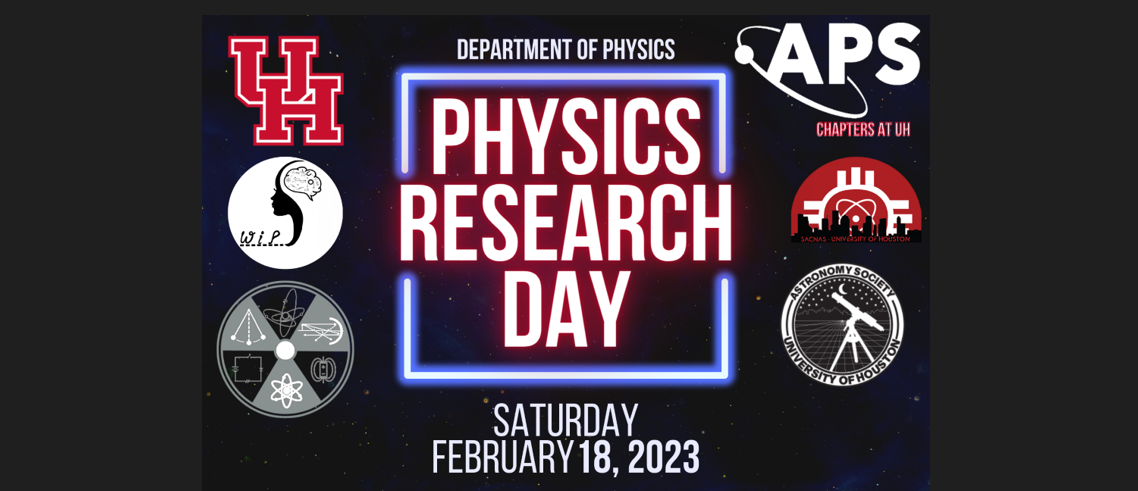Speaker
Description
The industrial scale of fresh water electrolysis to produce hydrogen (H2) will make the shortage of fresh water resource even worse. Seawater, which consists of 97% of the water resource on earth, is much more abundant for water electrolysis. However, the presence of Cl−, Ca2+, and Mg2+ causes several critical problems for the seawater electrolysis. Firstly, the presence of Cl− introduces chloride oxidation reactions as the competitive reactions for oxygen evolution reaction (OER) at the anode side. The chloride oxidation reactions are undesired since the produced Cl2 or ClO− will eventually become excessive and pollutants to the environment. Even though the chloride oxidation reactions are kinetically favorable, thermodynamically unfavorable over OER. In this work, we found that Fe doped Ni&Ni0.2Mo0.8N was electrochemically reconstructed into Fe, Mo co-doped NiO as an efficient alkaline OER catalyst to thermodynamically suppress the chloride oxidation reactions. Secondly, the Cl− is corrosive to the metal substrates and catalysts like Ni, Fe metal and their alloys, causing a stability issue to the electrode. Fe doped Ni&Ni0.2Mo0.8N and Fe, Mo co-doped NiO were introduced as the anti-corrosive catalysts for the stable seawater electrolysis. Thirdly, the Ca2+ and Mg2+ will form Ca(OH)2 and Mg(OH)2 precipitates under high pH condition, which will block several critical parts of the electrolyzer. Alkaline seawater electrolyte was employed and the Ca(OH)2 and Mg(OH)2 precipitates can be quickly removed via centrifugation. In result, the HER active Fe doped Ni&Ni0.2Mo0.8N and OER active Fe, Mo codoped NiO together achieved efficient and continuous alkaline seawater electrolysis at a current density larger than 500 mA cm-2, satisfy the industrial requirement.
| Academic year | 4th year |
|---|---|
| Research Advisor | Zhifeng Ren |
